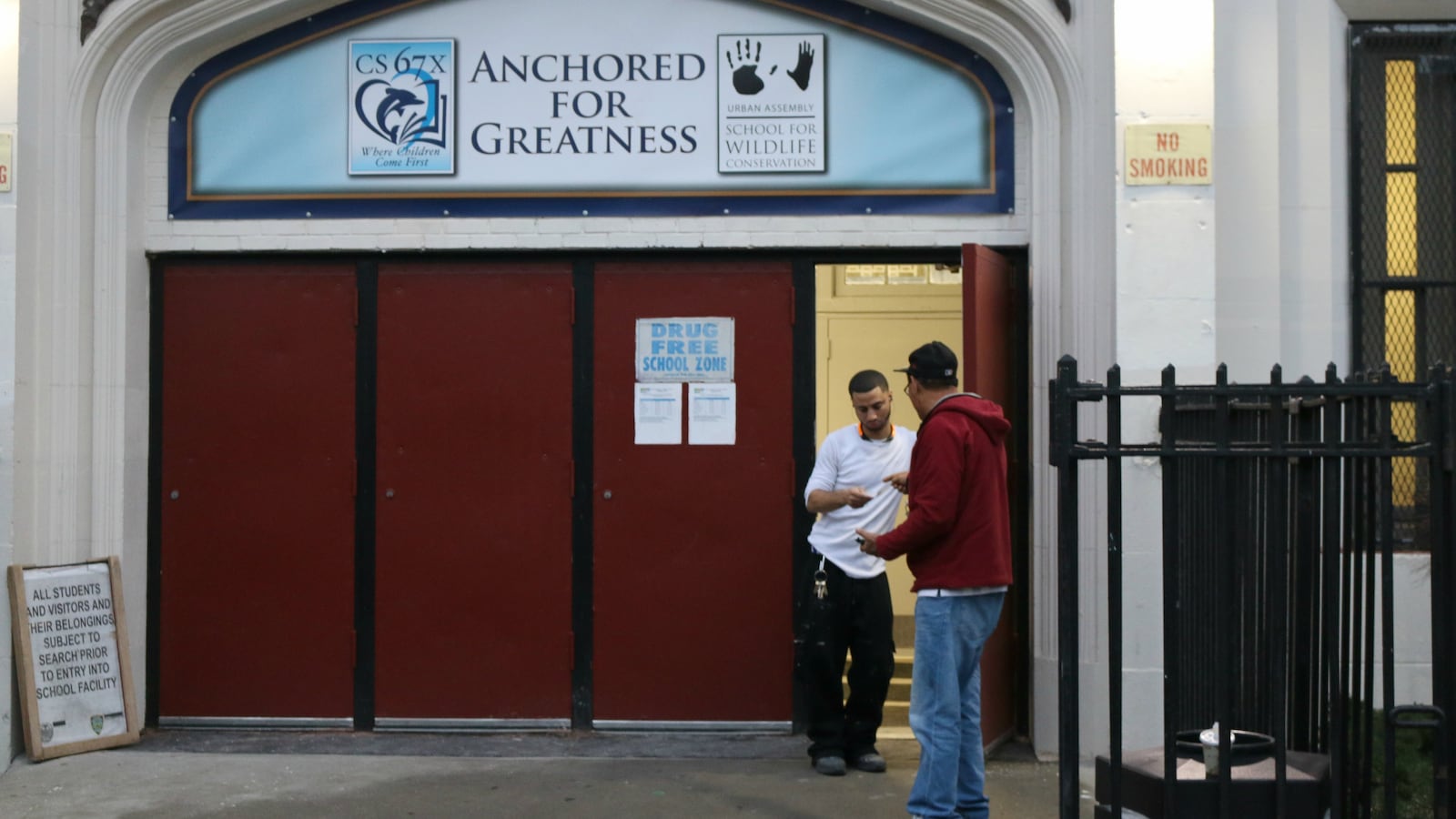A federal recommendation that school districts no longer be encouraged to reduce suspensions cites an unusual tragedy in New York City as one justification.
In a report released Tuesday, the federal school safety commission recommends rescinding the Obama administration’s discipline guidance that aimed to reduce suspensions, specifically for students of color. U.S. Education Secretary Betsy DeVos is expected to follow that advice soon, handing a win to the conservative campaign to link school discipline reforms with unsafe schools.
That campaign has pointed to the September 2017 murder of a Bronx high schooler as evidence that efforts to address racial disparities in discipline may have made America’s schools less safe. In that incident, Matthew McCree, a 15-year-old student at the Urban Assembly School for Wildlife Conservation, died after he was stabbed in a school classrom by a classmate whom he had reportedly bullied.
One footnote in the discipline section of the federal report cites a study by Max Eden, a fellow at the conservative Manhattan Institute, that concludes that changes in discipline policy in New York City between 2012 and 2016 caused school climate to deteriorate. Another cites Eden’s reported piece that contends that the stabbing happened because discipline in New York City’s schools had grown more lax.
“This change was in line with New York City Mayor Bill de Blasio’s campaign promise of putting city schools at the vanguard of a nationwide movement to unwind traditional discipline in favor of a new progressive, or restorative, approach,” Eden wrote in the story, which cites accounts from current and former teachers and students at the Bronx school.
The idea that less punitive discipline leads to less safe schools is not at all clear. While teachers in multiple districts have reported feeling hamstrung by new restrictions cutting back on suspensions, little research exists to make the case that their students have suffered — or to argue for alternatives such as restorative justice that the Obama-era guidelines urged, either.
Even less clear is how much difference changed federal guidance would make to New York City. Districts will be able to continue to pursue alternatives to suspension if they so choose. In continuing to promote alternatives to suspension, de Blasio could point to data showing that the city’s schools are largely safe. Under his administration, major and minor crimes have fallen, and the stabbing in the Bronx was the first murder in a city school in about two decades.
At the same time, the city has recently seen suspensions tick upward, even before the changed federal discipline guidance. Chancellor Richard Carranza last month attributed the new numbers to at least some misbehavior going unreported in the past. “Part of it is that people are actually now reporting everything, which I think is a good thing,” he said.
Yet even as Carranza appeared to give credence to some of the criticism of the Obama-era discipline guidelines, he emphasized another of the administration’s goals — ensuring that students of color are not punished excessively. In New York City, as in much of the country, black and Hispanic students receive a disproportionate share of suspensions.
“The data that was released is jarring,” Carranza added. “It should make every single New Yorker ask the question: What is going on? We’ve actually been asking that question. We’re working on a series of things that we’re going to do to address the disproportionality.”
Citing reductions in suspensions and major crimes over the last five years, a city education department spokesperson, Miranda Barbot, said the city would be sticking with its current approach to discipline.
“Schools need to be safe, supportive and equitable environments, and we’re going to continue to invest in implicit bias training for staff and restorative practices for students that advance equity and decrease disparities,” she said in a statement. “This is a national problem we’re committed to addressing on a local level.”
Correction: Dec. 19, 2018: This story originally referred to the students involved in the stabbing as middle schoolers. While the school served both middle and high school grades, the students involved were in high school.

